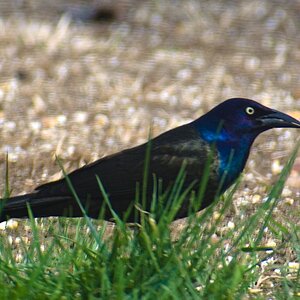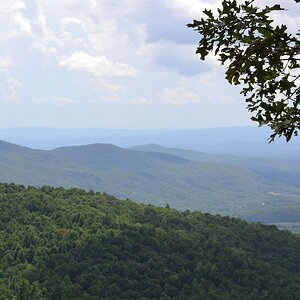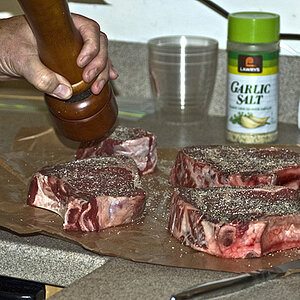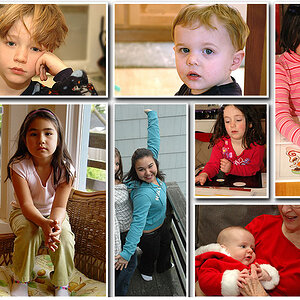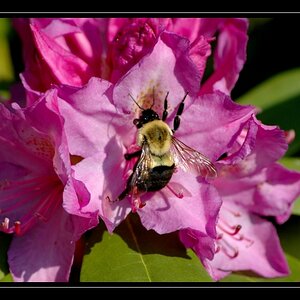dla
TPF Noob!
- Joined
- Oct 22, 2009
- Messages
- 13
- Reaction score
- 0
- Location
- Picayune, MS
- Can others edit my Photos
- Photos NOT OK to edit
Hi all, I am new to the photography world. I just purchased a Nikon D3000 with the kit lens (18-55mm). I would like to take some pictures of my house with the Christmas lights on. There is no street lights in my neighborhood so the only other light would be from the moon, on a clear night. Thanks in advance. Love the site, great info.


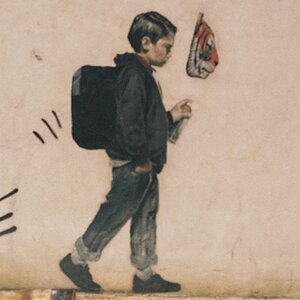

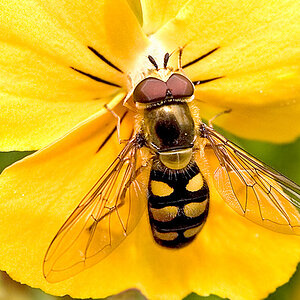
![[No title]](/data/xfmg/thumbnail/35/35871-d9de705fa64b06051419be6d3739d6ac.jpg?1619737197)
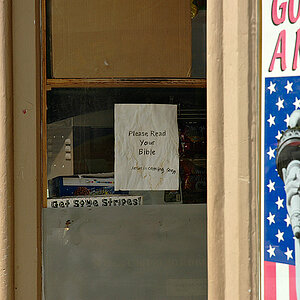
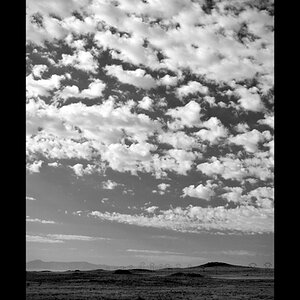
![[No title]](/data/xfmg/thumbnail/35/35872-12704b8c65e1c009d7089ccba367abb6.jpg?1619737198)
